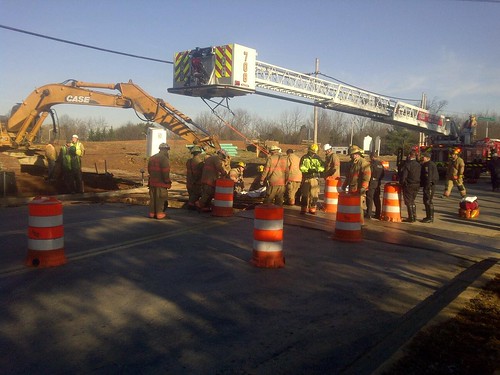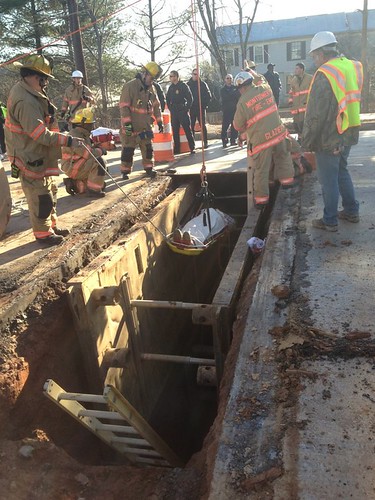Install and Maintain Smoke Alarms. It’s the LAW!
Rockville - - - Montgomery County fire officials have confirmed that there were no working smoke alarms present in several significant residental fires in the County this fall. Fire Officials are urging residents to test their smoke alarms to ensure they are working while reminding residents that the Montgomery County code requires home owners to install, test and maintain smoke alarms on every level of your home and outside all sleeping areas. Failure to comply with this local law could result in a fine and/or imprisonment.
Most fatal fires occur at night when people are sleeping and experts say that the early warning from a working smoke alarm actually doubles your chances of escaping a home fire. Since the primary job of a smoke alarm is to awaken sleeping people and warn them of urgent danger, it is essential that smoke alarms are working and are proximate to sleeping areas of the home. Fire Chief Richard Bowers reminds residents that as we approach the winter heating season, it’s critical that every home have working smoke alarms. “Most fires are preventable, said Chief Bowers. “Smoke alarms are one of the best and easiest safety features you can use to protect yourself, your family and your home. I strongly urge every resident to take a few minutes to test their smoke alarms, practice their home fire escape plan and replace any smoke alarms that are 10 years or older. Many people believe that smoke alarms last forever. They don’t.”
The Montgomery County Fire and Rescue Service offers residents free assistance with smoke alarm installation and maintenance. Any homeowner who cannot install or test smoke alarms in their homes due to age, physical limitations or cannot afford to purchase a smoke alarm or batteries can call 311 for assistance. Visit us atwww.mcfrs.org/mcsafe for additional safety information!












